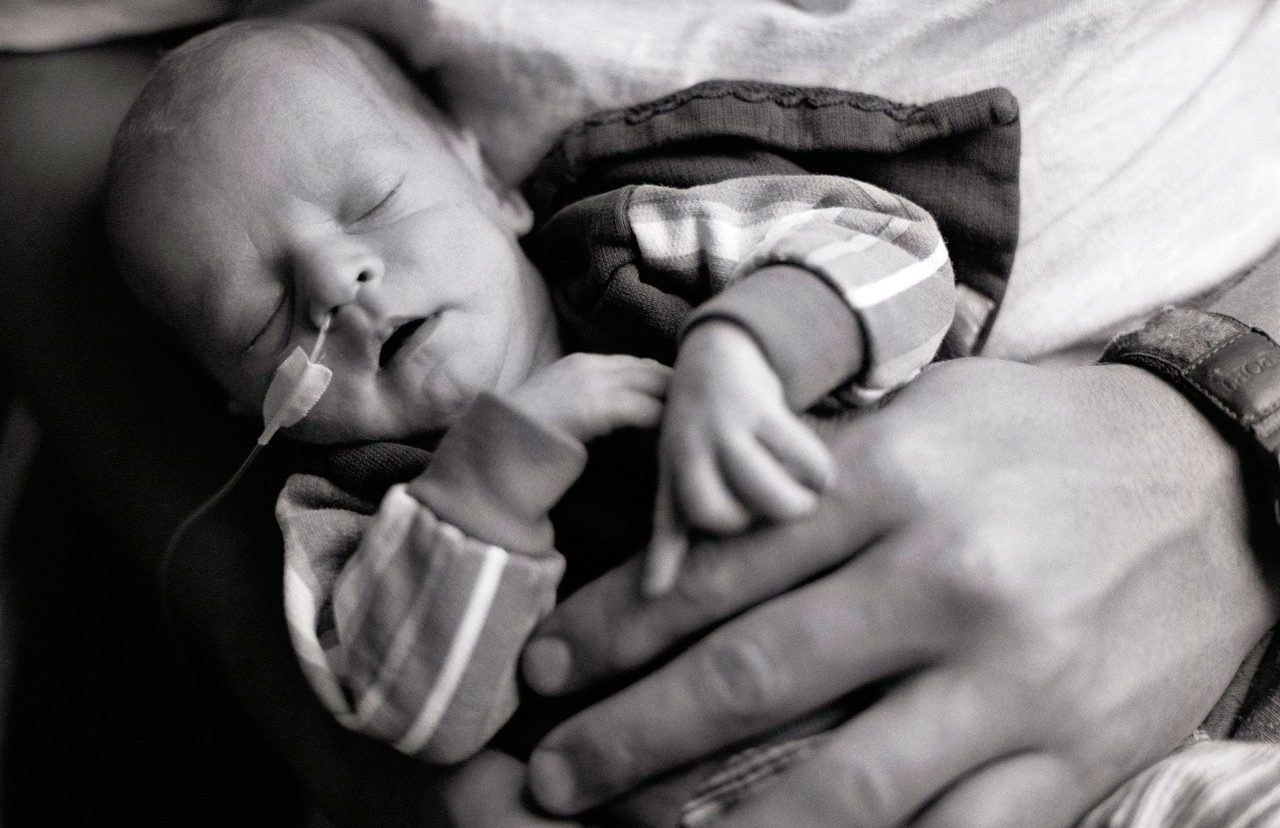Common Newborn Conditions

Sometimes babies are born with health problems or develop them soon after. Here’s a guide to learn how to recognize newborn conditions and what you can do.
Sometimes babies are born with health problems or they develop them soon after.
YOU MIGHT ALSO LIKE: Common Newborn Tests
Hypoglycemia in the newborn
Hypoglycemia is a condition in which the amount of blood glucose (sugar) in the blood is lower than normal (under 50 mg/dL).
Hemolytic disease of the newborn
Hemolytic disease of the newborn is also called erythroblastosis fetalis. This condition occurs when there is an incompatibility between the blood types of the mother and baby.
Conjunctivitis in the newborn
Conjunctivitis, also known as pink eye, is an inflammation of the conjunctiva of the eye. The conjunctiva is the membrane that lines the inside of the eye and a thin membrane that covers the eye.
Hydrocele in the newborn
Hydrocele is a problem that sometimes happens to baby boys. It occurs when abdominal fluid builds up in the groin or in the scrotum near the testicles. It could happen because the baby’s abdominal wall wasn’t fully developed at birth. There may also be an opening between the abdomen and scrotum that didn’t close as it should have after birth.
Transient tachypnea of the newborn
In the womb, your baby gets oxygen from your placenta. Since your baby doesn’t have to breathe, his or her lungs are filled with fluid. During and after birth, some of this fluid is pushed out. The baby's lung tissue absorbs the rest. Transient tachypnea occurs when too much fluid is left in the baby’s lungs after the birth.
Polycythemia and hyperviscosity in the newborn
Red blood cells carry oxygen in the blood. Polycythemia occurs when a baby’s blood has more red cells than normal. (It’s the opposite of anemia, which is caused by too few red cells.) The extra red cells make the blood thicker. When blood is too thick, it travels through the baby’s body slower than normal. That problem is called hyperviscosity. As a result, some organs may not get enough oxygen.
Anemia in the newborn
Your newborn has been diagnosed with anemia. That means the baby’s blood contains fewer red blood cells than normal. Red blood cells carry oxygen throughout your baby’s body. When a baby has anemia, the body doesn’t get enough oxygen. As a result, the baby feels tired and has less energy.
Many babies have mild anemia within a few months after birth. Such cases usually don’t require treatment. But your baby will need treatment to increase his red blood cell count if the anemia is more severe.
Hernias in the newborn
A wall of muscle holds the bowel (intestine) inside the abdomen (belly). A hernia occurs when a section of bowel pushes out through a weakness in the muscle. The hernia looks like a bulge under the skin.
Hydrops fetalis
Hydrops fetalis is a severe, life-threatening problem of severe swelling (edema) in the fetus and newborn. It is also called hydrops.
Birth injuries
Occasionally during the birth process, the baby may suffer a physical injury that is simply the result of being born. This is sometimes called birth trauma or birth injury.
Fetal alcohol syndrome
An infant born to a mother who drinks alcohol during pregnancy can have problems included in a group of disorders called fetal alcohol spectrum disorders.
Congenital heart disease
A congenital heart defect is a heart problem that is present at birth. The baby’s heart didn’t form correctly during fetal development. In most cases, when a baby is born with congenital heart disease, there is no known reason for it.
Neonatal disorders
A healthy start in life is important to every newborn baby. The first 28 days, called the neonatal period, is especially critical. It is during this time that fundamental health and feeding practices are established. It is also during this time that the child is at highest risk for death, particularly from sudden infant death syndrome.
Small for gestational age
A baby who is smaller than average during pregnancy is called small for gestational age (SGA). An SGA baby will often have a birth weight below nine out of 10 babies of the same age. An SGA baby may be equally small all over. The baby may be a normal length and size but have lower weight and body mass.
Hyperbilirubinemia and jaundice
Hyperbilirubinemia is a condition in which there is too much bilirubin in the baby’s blood. When red blood cells break down, a substance called bilirubin is formed. Babies are not easily able to get rid of the bilirubin, so it can build up in their blood and other tissues. Because bilirubin has a pigment or coloring, it causes a yellowing of the baby's skin, eyes, and other tissues called jaundice.
Updated:
October 30, 2023
Reviewed By:
Janet O'Dell, RN